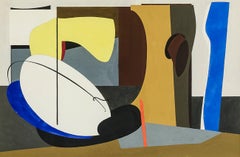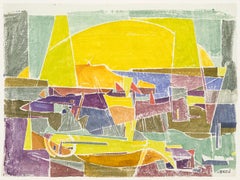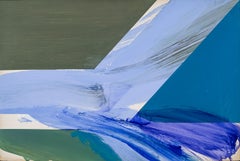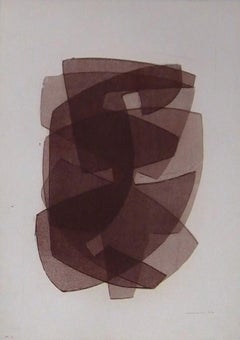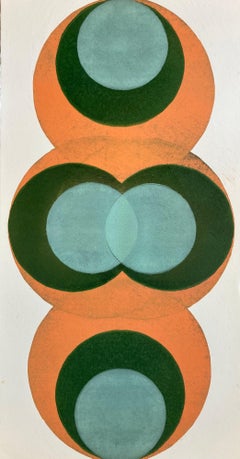Want more images or videos?
Request additional images or videos from the seller
1 of 5
Naum Neemia Pevsner GaboOpus Eight
$25,000
£19,261.81
€22,002.98
CA$35,791.88
A$39,038.23
CHF 20,525.94
MX$468,476.03
NOK 259,162.39
SEK 241,727.81
DKK 164,330.03
About the Item
Naum Gabo was a major constructivist sculptor and highly influential member of the European avant-garde art movement. Gabo signaled a rejection of conventional sculptural modes by employing media such as glass, metal, and plastic in his work, and he is particularly recognized for his kinetic (moving) sculptures. He was also an innovative printmaker, a role that he embraced following his emigration to America in the 1940s.
Gabo was born Neemia Pevsner to a Jewish family in Russia. He changed his name to Naum Gabo at about the age of twenty-five, around the time he decided to become an artist. Gabo left Russia about 1910 for Munich, Germany, where he studied art at the Technische Hochscule. He was first exposed to the works of the Cubists in 1912 when he visited his brother Antoine Pevsner is Paris. After spending the war years in Norway, Gabo returned to Russia in 1917. The enthusiasm of the Revolution inspired him to create art that would express the optimism of a new society. In 1920, he and Pevsner co-authored The Realistic Manifesto, an important early document in the development of Constructivism. Gabo emigrated to Berlin, Germany, in 1922, but left for London during the Nazi’s rise to power. After World War II, Gabo emigrated to the United States, settling in Connecticut, where he remained until his death in 1977.
Gabo first began producing monoprints in 1950, at the age of 60, under the influence of William Ivins, Jr., the retired curator of prints at the Metropolitan Museum of Art, New York. By the mid-1970s, he had produced a total of twenty monoprints, twelve of which he selected for a portfolio. The prints can be seen as a logical extension of his sculptural exploration of form and space, and are comprised of simple images of fluid geometry rendered in monochromatic fields of color. Along with the best of his constructions, this remarkable group of monoprints is characterized by elegant compositions of seemingly perfect balance, and like their sculptural counterparts, achieved with a minimum of means.
- Creator:Naum Neemia Pevsner Gabo (1890 - 1977)
- Dimensions:Height: 12 in (30.48 cm)Width: 9.5 in (24.13 cm)
- Medium:
- Movement & Style:
- Period:
- Condition:
- Gallery Location:New York, NY
- Reference Number:Seller: APG 87271stDibs: LU234656202
About the Seller
5.0
Recognized Seller
These prestigious sellers are industry leaders and represent the highest echelon for item quality and design.
Established in 1952
1stDibs seller since 2010
35 sales on 1stDibs
Associations
Art Dealers Association of America
- ShippingRetrieving quote...Shipping from: New York, NY
- Return Policy
More From This Seller
View AllUntitled [Abstraction]
By George L.K. Morris
Located in New York, NY
Gouache on paper, 18 7/8 x 14 3/4 in.
Signed (at lower right): Morris; (with monogram, on the back): GLKM [monogram] / 1932 [sic]
Executed circa late 1940s
A passionate advocate of abstract art during the 1930s and 1940s, George L. K. Morris was active as a painter, sculptor, editor, and critic. An erudite man with an internationalist point of view, Morris
eschewed the social, political, and figural concerns that preoccupied so many artists of Depression-era America, believing that painters should focus their attention on the beauty, refinement, and simplicity of pure form instead. His goal, he said, was “to wedge the expression further and further into the confines of the canvas until every shape takes on a spatial meaning” (as quoted in Ward Jackson, “George L. K. Morris: Forty Years of Abstract Art,” Art Journal 32 [Winter 1972–73], p. 150).
Born into an affluent family in New York City, Morris was a descendent of General Lewis Morris, a
signer of the Declaration of Independence. From 1918 until 1924, he attended the Groton School in
Connecticut, studying classics and art. He continued to focus on literature and art while attending
Yale University (1924–28), an experience that prepared him well for his future activity as an artist-critic. After graduating in 1928, Morris studied at the Art Students League of New York, working
under the realist painters John Sloan and Kenneth Hayes Miller, as well as Jan Matulka, the only
modernist on the faculty. In the spring of 1929, Morris traveled to Paris with Albert E. Gallatin, a
family friend and fellow painter who introduced him to leading members of the Parisian avant-garde, including Jean Arp, Pablo Picasso, Georges Braque, Jean Hélion, and Piet Mondrian. Morris also took classes at the Académie Moderne, studying under Fernand Léger and Amédée Ozenfant, important exponents of Synthetic Cubism who influenced his aesthetic development. Indeed, after experimenting with the simplified forms of Modernism for a few years, Morris moved on to abstraction by 1934, adopting a hard-edged, geometric approach inspired by Leger’s cubist style and the biomorphic shapes of Arp and Joan Miró.
Following his return to New York in 1930, Morris built a white-walled, open-spaced studio (inspired
by that of Ozenfant, which had been designed by Le Corbusier) on the grounds of Brockhurst, his
parents’ 46-acre estate in Lenox, Massachusetts. In 1935, he married the painter and collagist Estelle “Suzy...
Category
1940s American Modern Abstract Paintings
Materials
Paper, Gouache
Untitled
By Charles Houghton Howard
Located in New York, NY
Charles Houghton Howard was born in Montclair, New Jersey, the third of five children in a cultured and educated family with roots going back to the Massachusetts Bay colony. His father, John Galen Howard, was an architect who had trained at M.I.T. and the École des Beaux-Arts in Paris and apprenticed in Boston with Henry Hobson Richardson. In New York, the elder Howard worked for McKim, Mead and White before establishing a successful private practice. Mary Robertson Bradbury Howard, Charles’s mother, had studied art before her marriage. John Galen Howard moved his household to California in 1902 to assume the position of supervising architect of the new University of California campus at Berkeley and to serve as Professor of Architecture and the first Dean of the School of Architecture (established in 1903). The four Howard boys grew up to be artists and all married artists, leaving a combined family legacy of art making in the San Francisco Bay area that endures to this day, most notably in design, murals, and reliefs at the Coit Tower and in buildings on the Berkeley campus.
Charles Howard graduated from the University of California at Berkeley in 1921 as a journalism major and pursued graduate studies in English at Harvard and Columbia Universities before embarking on a two-year trip to Europe. Howard went to Europe as a would-be writer. But a near-religious experience, seeing a picture by Giorgione in a remote town outside of Venice, proved a life-altering epiphany. In his own words, “I cut the tour at once and hurried immediately back to Paris, to begin painting. I have been painting whenever I could ever since” (Charles Howard, “What Concerns Me,” Magazine of Art 39 [February 1946], p. 63). Giorgione’s achievement, in utilizing a structured and rational visual language of art to convey high emotion on canvas, instantly convinced Howard that painting, and not literature, offered the best vehicle to express what he wanted to say. Howard returned to the United States in 1925, confirmed in his intent to become an artist.
Howard settled in New York and supported himself as a painter in the decorating workshop of Louis Bouché and Rudolph Guertler, where he specialized in mural painting. Devoting spare time to his own work, he lived in Greenwich Village and immersed himself in the downtown avant-garde cultural milieu. The late 1920s and early 1930s were the years of Howard’s art apprenticeship. He never pursued formal art instruction, but his keen eye, depth of feeling, and intense commitment to the process of art making, allowed him to assimilate elements of painting intuitively from the wide variety of art that interested him. He found inspiration in the modernist movements of the day, both for their adherence to abstract formal qualities and for the cosmopolitan, international nature of the movements themselves. Influenced deeply by Surrealism, Howard was part of a group of American and European Surrealists clustered around Julien Levy. Levy opened his eponymously-named gallery in 1931, and rose to fame in January 1932, when he organized and hosted Surrealisme, the first ever exhibition of Surrealism in America, which included one work by Howard. Levy remained the preeminent force in advocating for Surrealism in America until he closed his gallery in 1949. Howard’s association with Levy in the early 1930s confirms the artist’s place among the avant-garde community in New York at that time.
In 1933, Howard left New York for London. It is likely that among the factors that led to the move were Howard’s desire to be a part of an international art community, as well as his marriage to English artist, Madge Knight...
Category
20th Century American Modern Abstract Drawings and Watercolors
Materials
Paper, Gouache, Graphite
Bar Harbor
Located in New York, NY
Edition: 5 or less. One of possibly 3 variants
Category
20th Century American Modern Abstract Prints
Materials
Monotype
Untitled (ZIG 1)
By Ray Spillenger
Located in New York, NY
Oil on paperboard, 20 x 30 in.
Category
Mid-20th Century Abstract Expressionist Abstract Paintings
Materials
Oil
No. 3 -1960
By Stanley Twardowicz
Located in New York, NY
Signed (on stretcher): Stanley Twardowicz
Stanley Twardowicz (1917–2008), a one-time orphan, Golden Gloves boxer, professional baseball player and auto worker, emerged from a hards...
Category
Late 20th Century American Modern Abstract Paintings
Materials
Enamel
American Landscape: Houses, Gardens and Trees
By Ralph Rosenborg
Located in New York, NY
Signed (at lower right): Ralph M. Rosenborg 1939; ll: 3/15 Woodcut
Category
Mid-20th Century American Modern Abstract Prints
Materials
Woodcut
You May Also Like
Estate No. 082031
By Otto Neumann
Located in New Orleans, LA
Otto Neumann (1895-1975) was a German Expressionist painter and printmaker. His monotypes evolved from sharp, angular, black and whites to late abstract prints in a variety of colors. Neumann lived through revolutionary changes in the art world of prewar and postwar Germany. He was a prolific artist in Germany during a time of the country’s unprecedented academic and intellectual growth. His early work shows the influence of both French masters like Cezanne and the contemporary style that was then being developed by German Expressionists like Kirchner. A master printmaker, Neumann was also inspired by the works of Albrecht Durer, whose allegorical subject-matter and unmatched drawing technique Neumann would emulate throughout his career. A lifetime preoccupation with the human figure informs his work, with frieze-like human figures recalling ancient Greek art...
Category
1960s Expressionist Abstract Prints
Materials
Monotype
Untitled II
By Joseph Zirker
Located in San Francisco, CA
Artist: Joseph Zirker (American, born 1924)
Title: Untitled
Year: 1988
Medium: Color monotype
Paper: Arche 88
Size: 42 x 30 inches
Signature: Signed and dated in pencil by the artist
Printer: The artist
Condition: Very good
Frame: Unframed
About the artist.
Joseph Zirker is a noted American modern artist, educator, lecturer that was born on August 13, 1924 in Los Angeles, California, United States. As a young man he Served with United States Navy, from 1944 to 1946.
He attended the University of California in Los Angeles 1946—1947. He got a bachelor of Fine Arts at the University of Denver in 1949 and a master of Fine Arts, University Southern California, 1951.
He was a printer and research fellow at Tamarind Lithography Workshop in Los Angeles, 1961—1963. Lecturer University Southern California, 1963. Instructor Los Angeles County Art Institute, 1964, San Jose City College, California, 1966—1980.
Lecturer Stanford University, 1981—1983, 1986—1990. All along his carer, he had numerous acclaimed shows in the U.S and abroad. He is known worldwide as an innovator in monotype and printmaking. His works are represented in private and public collections, both in the USA and worldwide, including:
Grunwald Collection, U.C.L.A., Los Angeles, California,
Brooklyn Museum, Brooklyn, New York
Free Library of Philadelphia, Pennsylvania
June Wayne, Tamarind Lithography Workshop, Los Angeles, California
Tamarind Archives, Tamarind Lithography Workshop, Los Angeles, California,
Charles White, Los Angeles, California
Stanley Freeman Collection, Los Angeles County Museum, Los Angeles, California
Ben Smith...
Category
Late 20th Century American Modern Abstract Prints
Materials
Monotype
Kimber Smith, Abstract Expressionist Geometric Abstraction signed/n lithograph
By Kimber Smith
Located in New York, NY
KIMBER SMITH
Untitled Abstract Expressionist Geometric Abstraction, 1967
Lithograph on Rives paper
25 × 19 3/5 inches
Signed in silver...
Category
1960s Abstract Geometric Abstract Prints
Materials
Lithograph
Union I
Located in Crested Butte, CO
When Many Becomes One is a series of new work exploring form and the relationship between the individual and collective. Paulo Wellman has employed vari...
Category
21st Century and Contemporary Abstract Geometric Abstract Prints
Materials
Monoprint
Composition
By Umberto Mastroianni
Located in Fairlawn, OH
Composition
Original carborundum engraving, c. 1970
Signed: Mastroianni in pencil lower right (see photo)
Edition: 100 (76/100) (see photo)
Printed on a heavy laid paper
Condition:...
Category
1970s Modern Abstract Prints
Materials
Etching
Estate No. 082126
By Otto Neumann
Located in New Orleans, LA
Otto Neumann (1895-1975) was an expressionist painter and printmaker born in Heidelberg, Germany. He was one of the most versatile and original artists of...
Category
1960s Expressionist Abstract Prints
Materials
Monotype
More Ways To Browse
Jean Dubuffet 1973
Jeanne Duval
Jeffrey Dunn
Joan Miro 1947
Joan Miro Blue Ii
Joan Miro Fusees
Joan Miro Le Marteau Sans Maitre
Joan Miro Matarasso
John Douglas Artist
Johns Target With Plaster Cast
Jonathan Keith
Josef Albers White Lines
Juan Quevedo
Julie Curtiss
Kano Mitsuo
Kaws Colette
Kaws No Reply
Kiku Andy Warhol
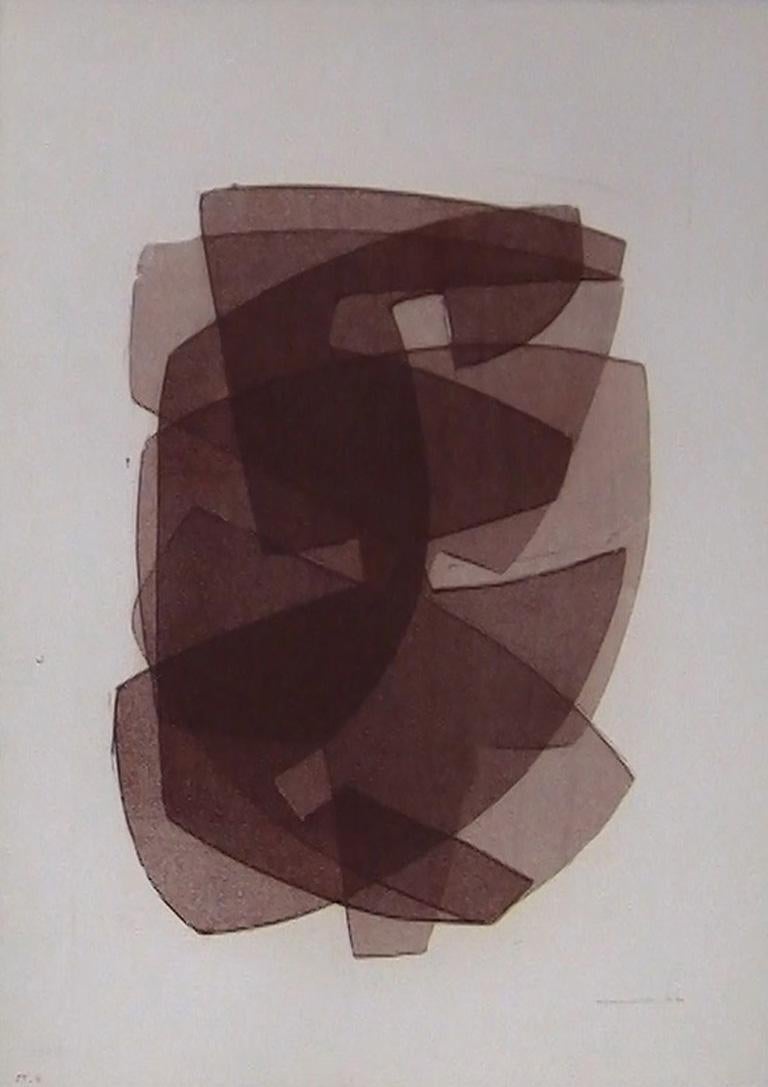
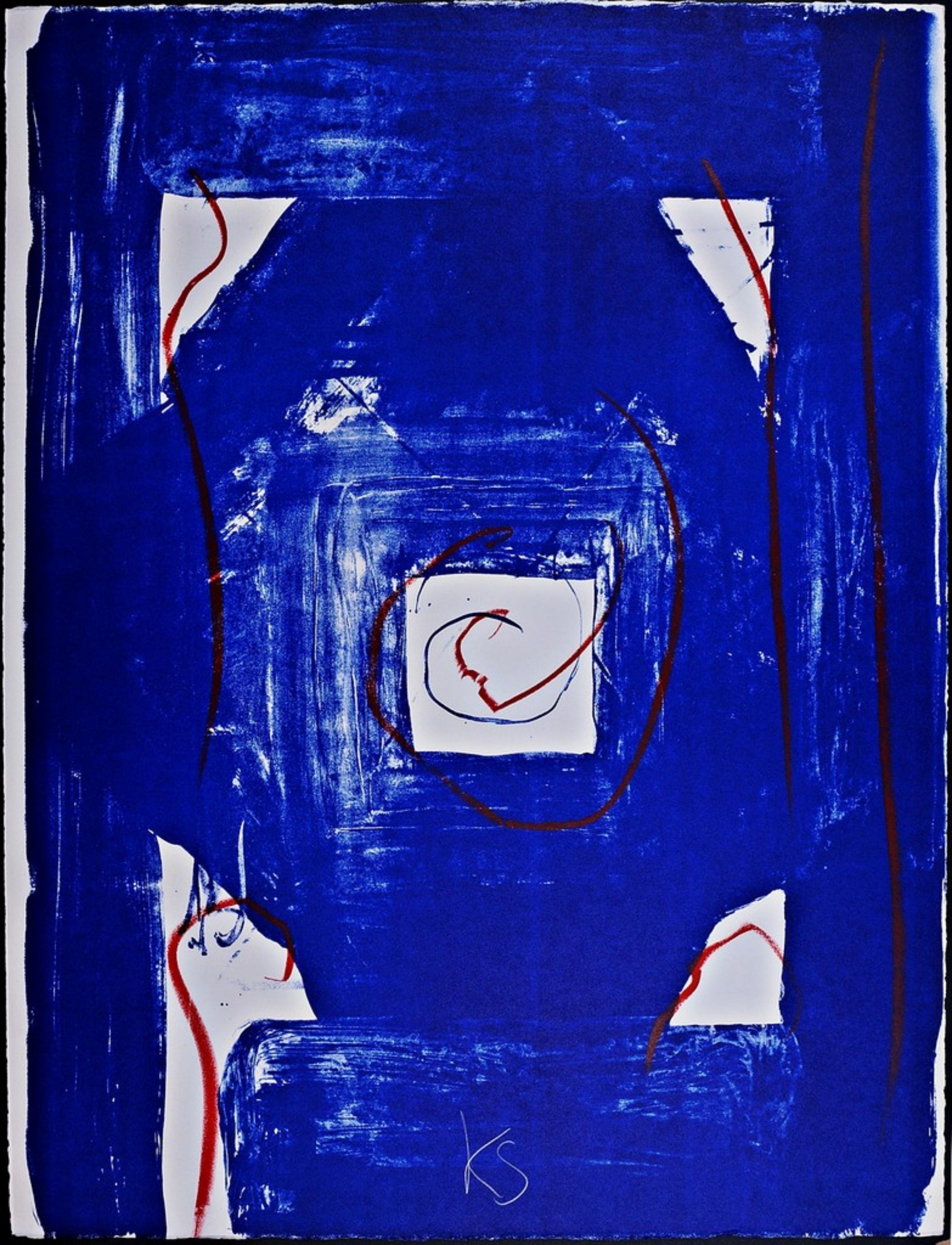
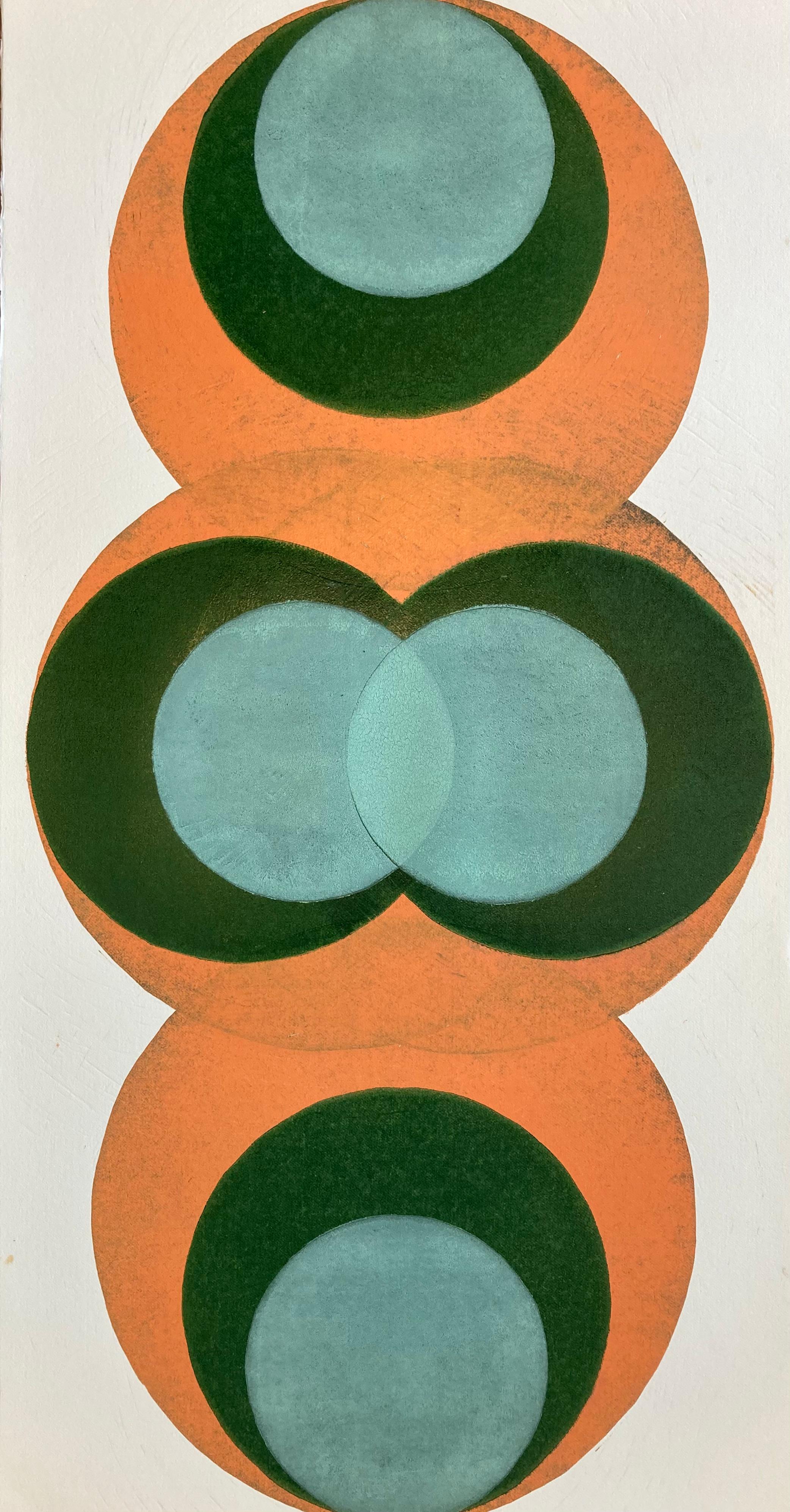

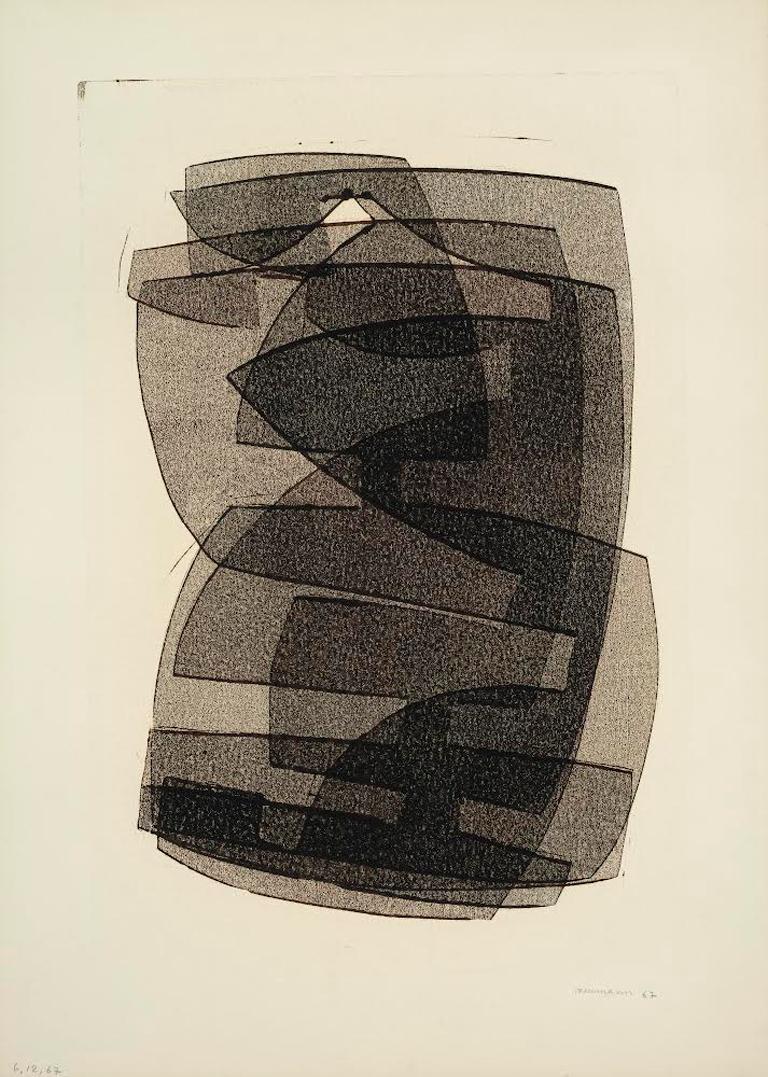
![Untitled [Abstraction]](https://a.1stdibscdn.com/george-lk-morris-1905-1975-american-paintings-untitled-abstraction-for-sale/a_23/1652214284908/APG_8941_unfr_master.jpg?width=240)
